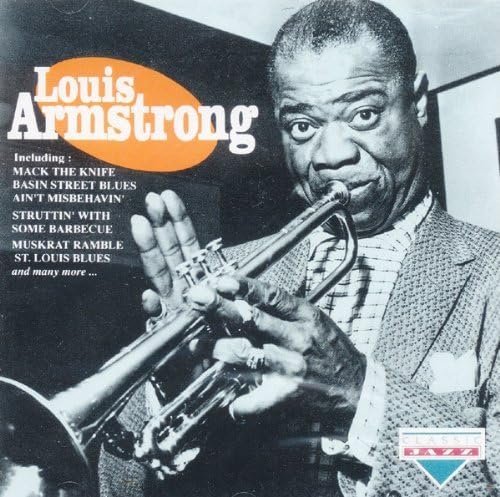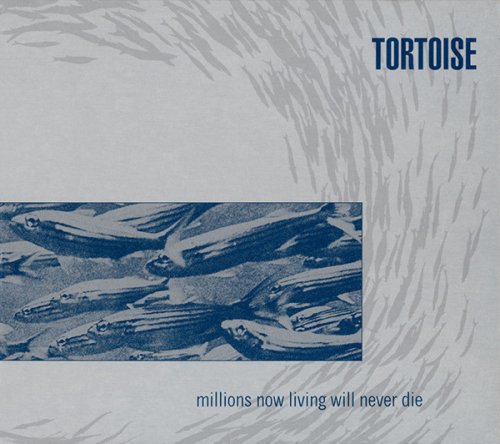Francesco Pasqualotto - Béla Bartók, Giuseppe D'Amico: Piano Works (2024)
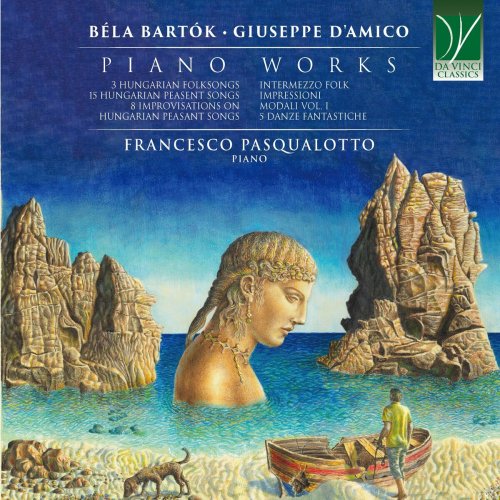
Artist: Francesco Pasqualotto
Title: Béla Bartók, Giuseppe D'Amico: Piano Works
Year Of Release: 2024
Label: Da Vinci Classics
Genre: Classical
Quality: FLAC (tracks)
Total Time: 69:21 min
Total Size: 228 MB
WebSite: Album Preview
Tracklist|Title: Béla Bartók, Giuseppe D'Amico: Piano Works
Year Of Release: 2024
Label: Da Vinci Classics
Genre: Classical
Quality: FLAC (tracks)
Total Time: 69:21 min
Total Size: 228 MB
WebSite: Album Preview
01. Intermezzo Folk
02. Harom csikmegyei népdal, Sz. 35: No. 1, Rubato
03. Harom csikmegyei népdal, Sz. 35: No. 2, L'istesso tempo
04. Harom csikmegyei népdal, Sz. 35: No. 3, Poco vivo
05. Impressioni modali, vol. 1: No. 1, In Sol lidio
06. Impressioni modali, vol. 1: No. 2, In Mib lidio
07. Impressioni modali, vol. 1: No. 3, Fughetta in Do dorico
08. Impressioni modali, vol. 1: No. 4, In La dorico
09. Impressioni modali, vol. 1: No. 5, In Reb misolidio
10. Impressioni modali, vol. 1: No. 6, Pastorale in Do misolidio
11. Impressioni modali, vol. 1: No. 7, Valzer in modo eolico
12. Impressioni modali, vol. 1: No. 8, Corale e danza in Fa diesis frigio
13. Impressioni modali, vol. 1: No. 9, (Locrio). Presto
14. Impressioni modali, vol. 1: No. 10, In Do overtone. Presto
15. Tizenöt magyar parasztdal, Sz. 71: No. 1, Rubato
16. Tizenöt magyar parasztdal, Sz. 71: No. 2, Andante
17. Tizenöt magyar parasztdal, Sz. 71: No. 3, Poco rubato
18. Tizenöt magyar parasztdal, Sz. 71: No. 4, Andante
19. Tizenöt magyar parasztdal, Sz. 71: No. 5, Scherzo. Allegro
20. Tizenöt magyar parasztdal, Sz. 71: No. 6, Ballad (Theme with variations). Andante
21. Tizenöt magyar parasztdal, Sz. 71: No. 7, Allegro
22. Tizenöt magyar parasztdal, Sz. 71: No. 8, Allegretto
23. Tizenöt magyar parasztdal, Sz. 71: No. 9, Allegretto
24. Tizenöt magyar parasztdal, Sz. 71: No. 10, L'istesso tempo
25. Tizenöt magyar parasztdal, Sz. 71: No. 11, Assai moderato
26. Tizenöt magyar parasztdal, Sz. 71: No. 12, Allegretto
27. Tizenöt magyar parasztdal, Sz. 71: No. 13, Poco più vivo
28. Tizenöt magyar parasztdal, Sz. 71: No. 14, Allegro
29. Tizenöt magyar parasztdal, Sz. 71: No. 15, Allegro
30. 5 Danze fantastiche: No. 1
31. 5 Danze fantastiche: No. 2, “Como una canciòn antigua”. Adagio
32. 5 Danze fantastiche: No. 3
33. 5 Danze fantastiche: No. 4, “Habanera e canzone”
34. 5 Danze fantastiche: No. 5, Prestissimo
35. Rögtönzések magyar parasztdalora, Op. 20, Sz. 74: No. 1, Molto moderato
36. Rögtönzések magyar parasztdalora, Op. 20, Sz. 74: No. 2, Molto capriccioso
37. Rögtönzések magyar parasztdalora, Op. 20, Sz. 74: No. 3, Lento, rubato
38. Rögtönzések magyar parasztdalora, Op. 20, Sz. 74: No. 4, Allegretto scherzando
39. Rögtönzések magyar parasztdalora, Op. 20, Sz. 74: No. 5, Allegro molto
40. Rögtönzések magyar parasztdalora, Op. 20, Sz. 74: No. 6, Allegro moderato, molto capriccioso
41. Rögtönzések magyar parasztdalora, Op. 20, Sz. 74: No. 7, Sostenuto, rubato
42. Rögtönzések magyar parasztdalora, Op. 20, Sz. 74: No. 8, Allegro
In art, theory and practice often influence each other, and it is frequently impossible to establish which one comes first. In music, in particular, theorizations are most commonly an ex post formalization of what has been uncontroversially employed by performing musicians and “composers” (of written music or of improvised music). The relationship between improvisation, oral tradition and composition is also a multifaceted one: on the one hand, folk music can be more conservative than the “cultivated” repertoire, whose composers deliberately choose to explore new ways. On the other, however, folk tradition may be more open to new ideas, in the absence of written rules and of the dynamics of “academic” musicianship. (This does not imply, of course, that there are no rules in folk music, oral tradition, or improvisation: quite the contrary. A folk improviser is deeply rooted in a tradition made of implicit or explicit rules, which must be obeyed and can be transgressed only within a delicate balance of acknowledgment of the improviser’s genius and social approval).
One field in which the divergence between “cultivated” music and folk music can be very pronounced is that of modality. This technical word of the musical jargon refers to “modes” of organizing musical pitches.
In the nineteenth century, many musicians of the “cultivated” tradition worked (more or less deliberately) in a direction which would ultimately undermine the very concept of tonality. However, the emptying of tonality caused a horror vacui, a void which had to be somehow filled. Schönberg would first theorize atonality, i.e. the equality of all semitones, and then serialism (a rigid organization of the same equality). Other musicians, such as Scriabin, explored harmonies built no more on thirds, but, for instance, on fourths. Still others, like Béla Bartók and his friend and colleague Zoltán Kodály, drew inspiration from a careful and deep study of folk music, where modality was still abundantly practised and adopted.
Bartók and Kodály had a scientific approach to folk music, which they recorded, transcribed, and analyzed, producing a vast output of scholarly publications. However, in parallel with this “objective” and “scientific” work, they also worked “subjectively” and creatively on the material they collected, interpreting it within the framework of classically composed works. In the process of transition from folk to Classical music, some elements of the original performance are lost: timbre, for instance (e.g. when a peasant’s flute becomes a piano), but also intonation (most commonly folk music is not sung or played with equal temperament) and performance practice (both in terms of sound quality, whereby some kinds of sound production typical for folk music are unacceptable in a “cultivated” context, and also of admissibility of improvised changes).
In 1907, the year of his appointment as a professor at the Conservatory of Budapest, Bartók visited the county of Csík; today, that zone (which belongs in the region of Transylvania) is part of Romania rather than of Hungary. It was populated by a particular ethnic group, that of the Székelys, who were particularly musical and music-loving. His harvest of folk music was abundant and satisfying, rewarding and stimulating. He remained there for two months, starting on July 1st, when he had left the home of a violinist he loved, Stefi Geyer (the dedicatee of his first violin concerto) to dedicate himself to the study of folk music. On one occasion in August, a sixty-year-old folk flutist called Áron Balog in the village of Tekeröpatak played some tunes for Bartók, who quickly notated them. So fascinating was that music for the composer that he would realize the Three Hungarian Folksongs from the Csík District on the basis of those tunes, after realizing a first version for recorder and piano (From Gyergyó). The tunes played by Balog on the flute are transferred to the piano’s right hand, while the left hand accompanies discretely. The flutist had played for Bartók tunes which were originally provided with lyrics and sung; their titles are Sír a kis galambon (“When my little dove weeps”) and Októbernak, októbernak elséjen (“October, the first of October”). In both cases, the sung tunes are ornamented. The subject matters of these songs are respectively a lover’s plea to his mother to let him marry a gentle maiden, and a farewell to a village, in leaving which the singer salutes its birds, trees, and girls.
The 15 Hungarian Peasant Songs have a complex genesis, spanning over the years 1914-8. Already in 1914, Bartók had proposed a series of fifteen peasant songs to his publisher Rózsavölgyi, but the outbreak of World War I prevented the publication to appear. The melodic sources for the pieces were collected much earlier, at least in some cases. The 1914 version was intended as a four-block composition, which was however slightly disbalanced since two isolated pieces constituted a block each in the work’s middle, surrounded by larger blocks of four and nine pieces respectively. The approach he adopted is clearly stated by the composer himself: “In order to avoid misunderstandings, we must strongly emphasize that the melodies which are published here are folk songs in the narrowest sense of the word, or, to be more precise, peasant songs. These songs are thus not sung by the upper and middle classes, and, moreover, are mostly unknown among them. One can hear these tunes sung exclusively by farmers and peasants. We should add that these songs were created by peasants of Hungarian nationality and are entirely unknown among the neighbouring peoples. Therefore they are undoubtedly characteristic of Hungarian peasant music.”
The Eight Improvisations on Hungarian Peasant Songs represent the most mature result of Bartók’s scholarly and musical research. The sources for these tunes are not entirely the fruit of Bartók’s own fieldwork: just two of the eight tunes were recorded by him during his trips in the Hungarian countryside. The remaining six originated from an immense collection of some 7,800 (!) folksongs found by Bartók at the Ethnographic Museum and collected by Béla Vikár, László Lajtha and Ákos Garay. They were preserved on phonograph cylinders from which Bartók transcribed them, and later published the result of his studies as a book (The Hungarian Folksong).
Chiara Bertoglio
One field in which the divergence between “cultivated” music and folk music can be very pronounced is that of modality. This technical word of the musical jargon refers to “modes” of organizing musical pitches.
In the nineteenth century, many musicians of the “cultivated” tradition worked (more or less deliberately) in a direction which would ultimately undermine the very concept of tonality. However, the emptying of tonality caused a horror vacui, a void which had to be somehow filled. Schönberg would first theorize atonality, i.e. the equality of all semitones, and then serialism (a rigid organization of the same equality). Other musicians, such as Scriabin, explored harmonies built no more on thirds, but, for instance, on fourths. Still others, like Béla Bartók and his friend and colleague Zoltán Kodály, drew inspiration from a careful and deep study of folk music, where modality was still abundantly practised and adopted.
Bartók and Kodály had a scientific approach to folk music, which they recorded, transcribed, and analyzed, producing a vast output of scholarly publications. However, in parallel with this “objective” and “scientific” work, they also worked “subjectively” and creatively on the material they collected, interpreting it within the framework of classically composed works. In the process of transition from folk to Classical music, some elements of the original performance are lost: timbre, for instance (e.g. when a peasant’s flute becomes a piano), but also intonation (most commonly folk music is not sung or played with equal temperament) and performance practice (both in terms of sound quality, whereby some kinds of sound production typical for folk music are unacceptable in a “cultivated” context, and also of admissibility of improvised changes).
In 1907, the year of his appointment as a professor at the Conservatory of Budapest, Bartók visited the county of Csík; today, that zone (which belongs in the region of Transylvania) is part of Romania rather than of Hungary. It was populated by a particular ethnic group, that of the Székelys, who were particularly musical and music-loving. His harvest of folk music was abundant and satisfying, rewarding and stimulating. He remained there for two months, starting on July 1st, when he had left the home of a violinist he loved, Stefi Geyer (the dedicatee of his first violin concerto) to dedicate himself to the study of folk music. On one occasion in August, a sixty-year-old folk flutist called Áron Balog in the village of Tekeröpatak played some tunes for Bartók, who quickly notated them. So fascinating was that music for the composer that he would realize the Three Hungarian Folksongs from the Csík District on the basis of those tunes, after realizing a first version for recorder and piano (From Gyergyó). The tunes played by Balog on the flute are transferred to the piano’s right hand, while the left hand accompanies discretely. The flutist had played for Bartók tunes which were originally provided with lyrics and sung; their titles are Sír a kis galambon (“When my little dove weeps”) and Októbernak, októbernak elséjen (“October, the first of October”). In both cases, the sung tunes are ornamented. The subject matters of these songs are respectively a lover’s plea to his mother to let him marry a gentle maiden, and a farewell to a village, in leaving which the singer salutes its birds, trees, and girls.
The 15 Hungarian Peasant Songs have a complex genesis, spanning over the years 1914-8. Already in 1914, Bartók had proposed a series of fifteen peasant songs to his publisher Rózsavölgyi, but the outbreak of World War I prevented the publication to appear. The melodic sources for the pieces were collected much earlier, at least in some cases. The 1914 version was intended as a four-block composition, which was however slightly disbalanced since two isolated pieces constituted a block each in the work’s middle, surrounded by larger blocks of four and nine pieces respectively. The approach he adopted is clearly stated by the composer himself: “In order to avoid misunderstandings, we must strongly emphasize that the melodies which are published here are folk songs in the narrowest sense of the word, or, to be more precise, peasant songs. These songs are thus not sung by the upper and middle classes, and, moreover, are mostly unknown among them. One can hear these tunes sung exclusively by farmers and peasants. We should add that these songs were created by peasants of Hungarian nationality and are entirely unknown among the neighbouring peoples. Therefore they are undoubtedly characteristic of Hungarian peasant music.”
The Eight Improvisations on Hungarian Peasant Songs represent the most mature result of Bartók’s scholarly and musical research. The sources for these tunes are not entirely the fruit of Bartók’s own fieldwork: just two of the eight tunes were recorded by him during his trips in the Hungarian countryside. The remaining six originated from an immense collection of some 7,800 (!) folksongs found by Bartók at the Ethnographic Museum and collected by Béla Vikár, László Lajtha and Ákos Garay. They were preserved on phonograph cylinders from which Bartók transcribed them, and later published the result of his studies as a book (The Hungarian Folksong).
Chiara Bertoglio
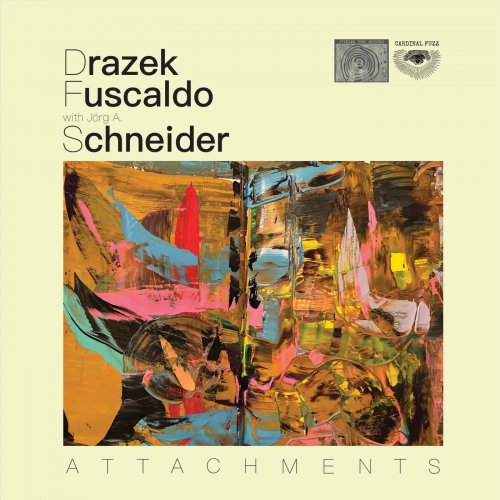
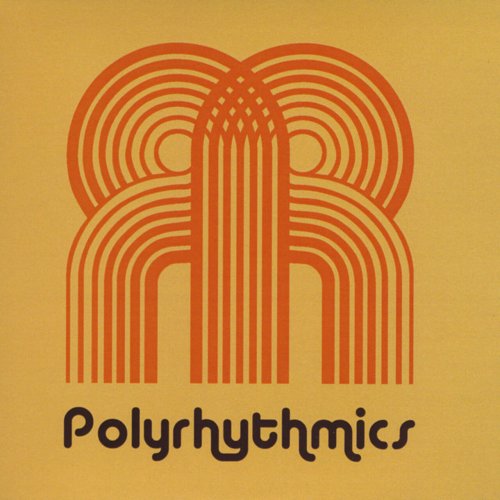

![Clifton Chenier - Bon Ton Roulet! (1967) [Hi-Res] Clifton Chenier - Bon Ton Roulet! (1967) [Hi-Res]](https://img.israbox.com/img/2025-12/20/a5svymspyands9f5esq020o3f.jpg)

